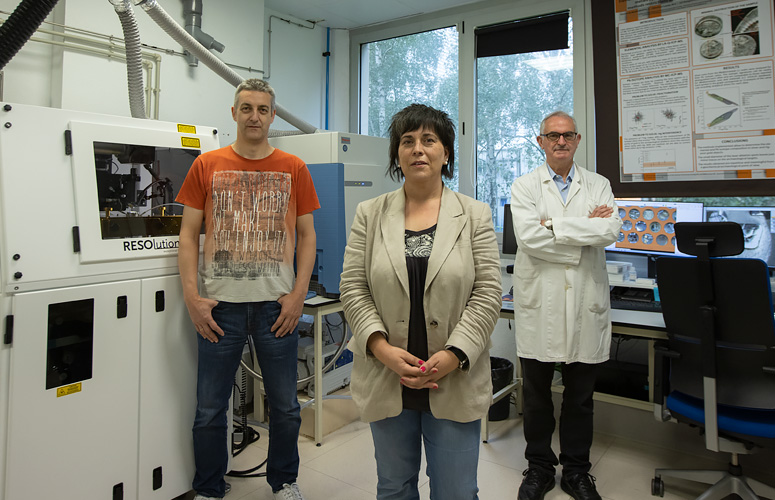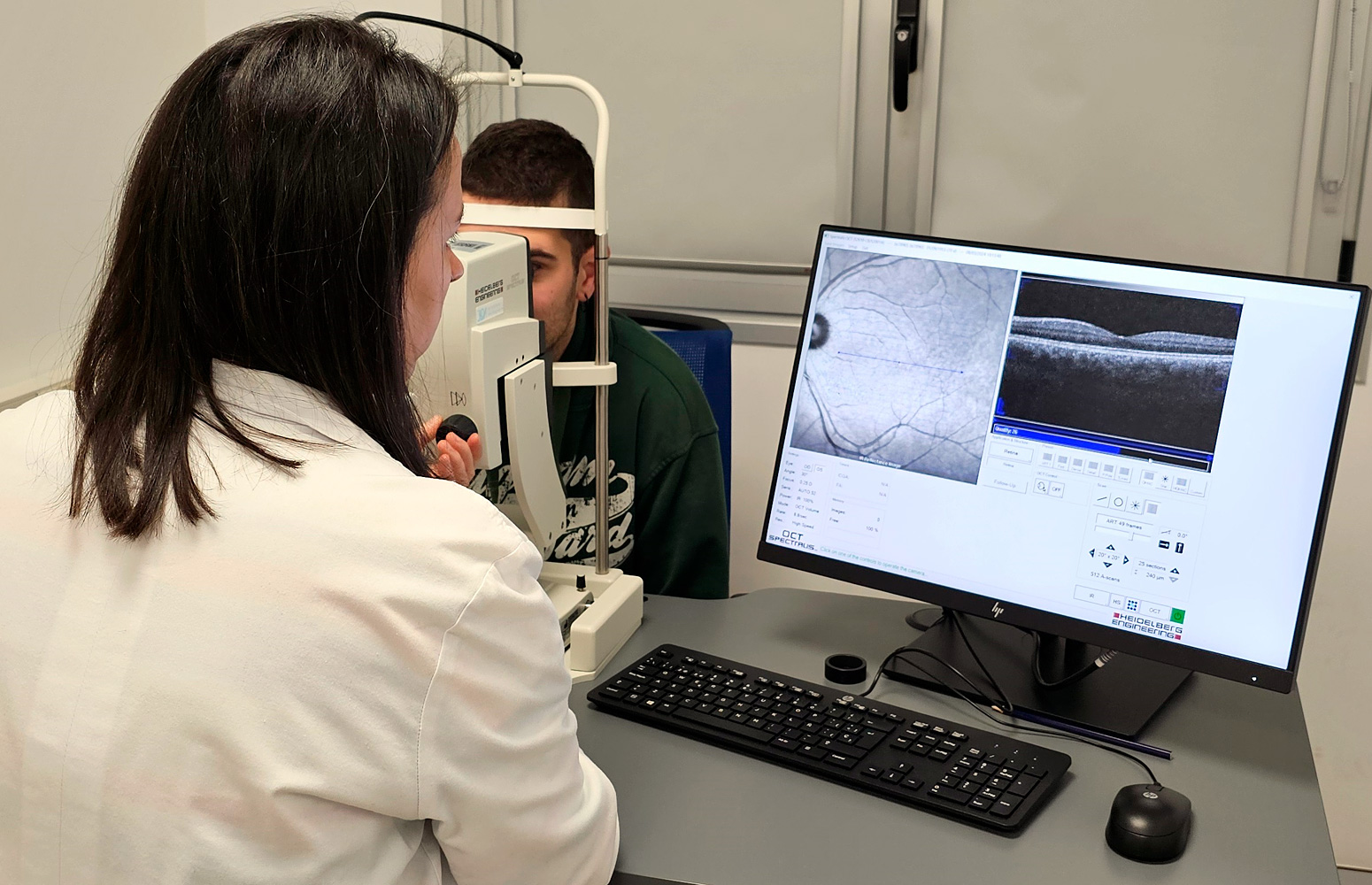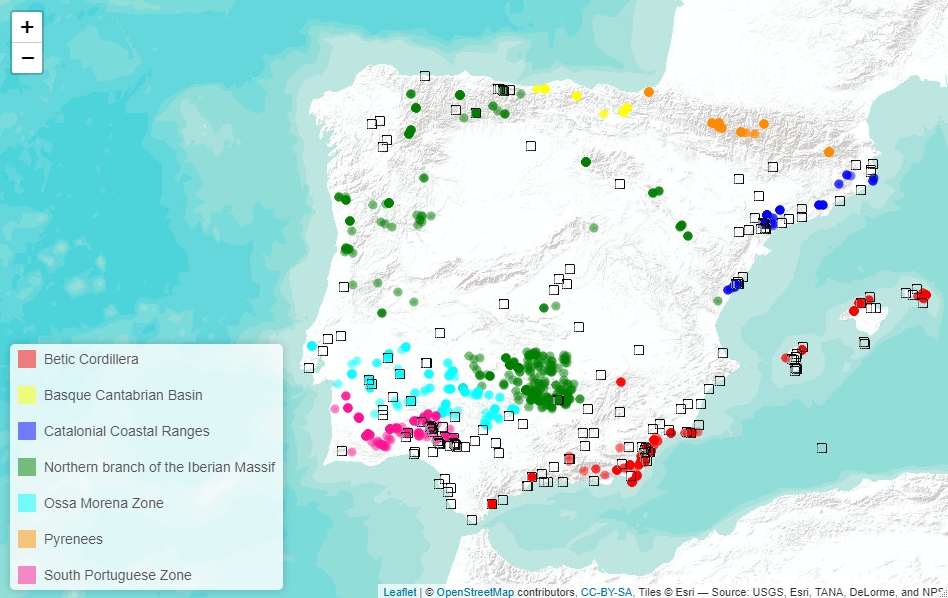After more than fifty years of painstaking bibliographic work, the Department of Geology of the UPV/EHU-University of the Basque Country has created a database and an associated website accessible to everyone: <a href="http://www.ehu.eus/ibercron/iberlid">IBERLID</a>. IBERLID is an interactive database of the results of lead isotope analyses from geological and archaeological samples in the Iberian Peninsula.
The UPV/EHU creates a database of 3,000 lead isotope analyses in geological and archaeological samples from the Iberian Peninsula
IBERLID, an interactive, open database of lead isotopes, is the result of bibliographic work spanning 50 years
- Research
First publication date: 16/07/2021

"This work set out to compile all possible data on lead isotopes in the Iberian Peninsula and to make them accessible to everyone; the data have a set of geological criteria, whereby the mines can be separated by the area in which they appear, by the type of material, etc.," said Sonia García de Madinabeitia, author of the work.
"One of the applications of lead isotope analyses is to try to associate archaeological remains, samples produced by humans in ancient times, with deposits and ores, i.e. with the spot where the metal was extracted. To this end, it is essential to obtain a lot of data and to have a database for comparison purposes," explained García de Madinabeitia. In the end, "the aim of any database," said the researcher, "is to have as comprehensive and detailed a collection of comparable samples and results as possible.
"IBERLID brings together about 3000 lead isotopic analyses originating from more than 140 different references. The database includes results on minerals, rocks and metallic archaeological objects, which are standardised to allow samples to be selected, grouped and traced," added the researcher from the UPV/EHU's Department of Geology.
The use of lead isotopic data has been shown to be a useful tool in the investigation of raw materials in geological site exploration and metal provenance studies in archaeology. Users of this type of information have often requested complete datasets that include not only numerical values of isotope ratios, but also mineralogical and geological information about the samples analysed, to enable the data to be compared.
"The IBERLID database addresses this demand; it allows lead isotope results to be used in a straightforward way and facilitates their comparison. It is not just an extensive table of lead isotope ratios. It also includes interactive tools that link together isotope ratios, geographical, geological, mineralogical and archaeological information, thus providing new ways of selecting, grouping and comparing data on the samples," explained Sonia García de Madinabeitia.
All IBERLID samples can be located on a map by using the geographical information included in the database. On the map the samples are colour-coded according to their characteristics. The interactive map allows the user to zoom in or out to locate samples in detail, and to show or hide them by selecting them from the menu.
According to García de Madinabeitia, "the collection and evaluation of data from almost three thousand lead isotopic analyses is expected to contribute towards and expand the knowledge about the geology and isotopic composition of the deposits across the Iberian Peninsula".
"Now that the database has been completed, the idea now is to continue working along the same lines and try to expand it geographically; it would also be interesting to include other types of analysis in addition to lead isotopes," added the UPV/EHU researcher.
Bibliographic reference
- IBERLID: A lead isotope database and tool for metal provenance and ore deposits research
- Ore Geology Reviews
- DOI: 10.1016/j.oregeorev.2021.104279






